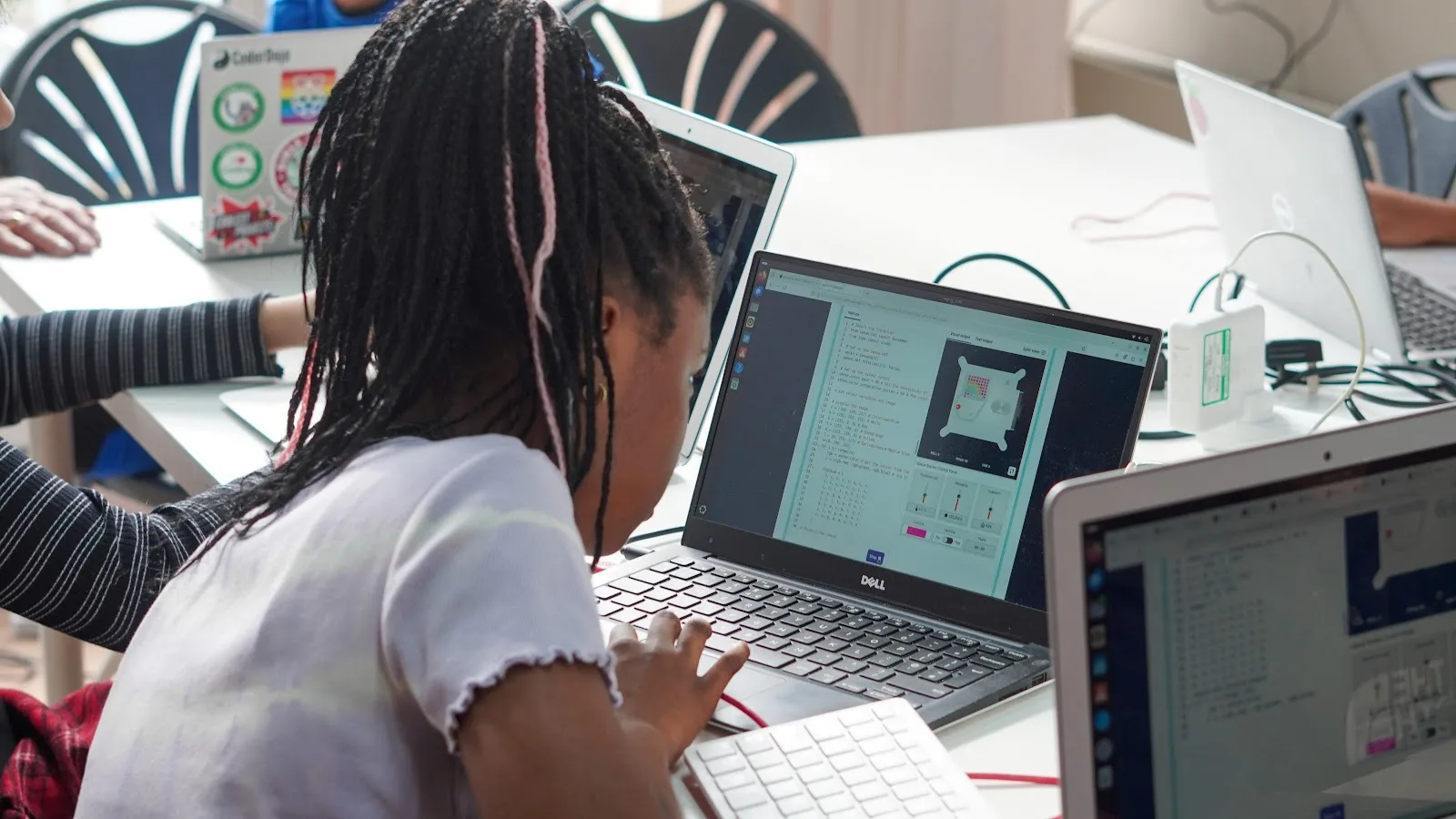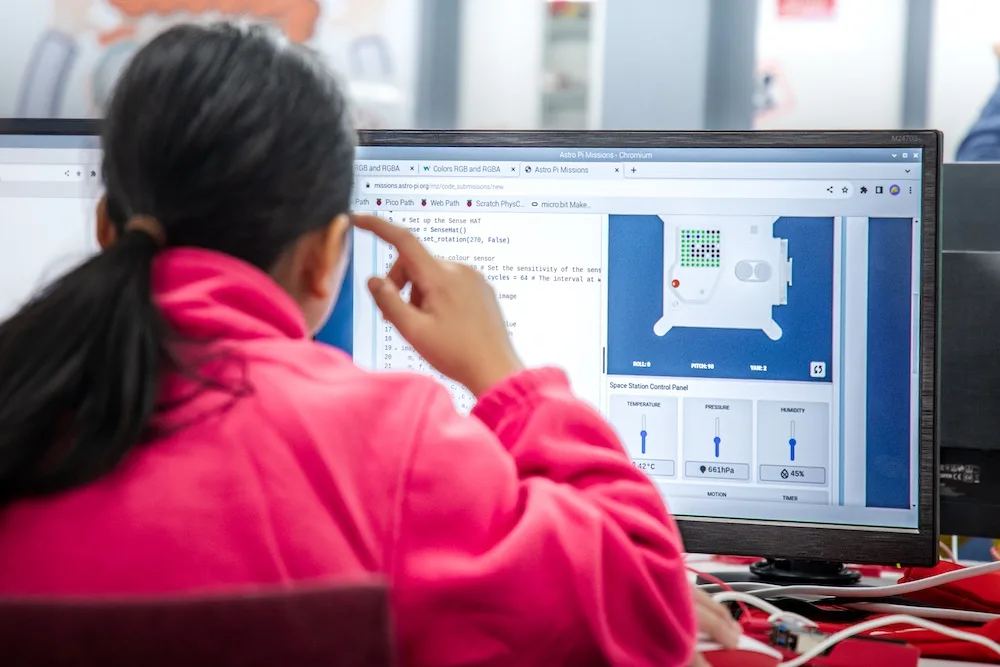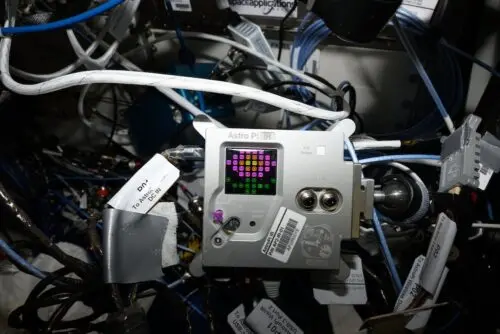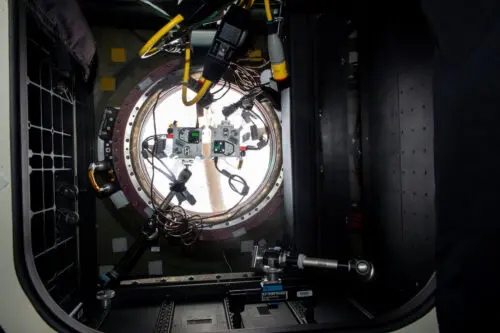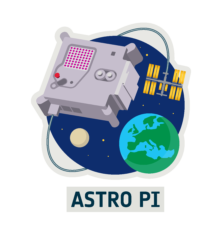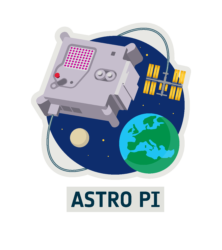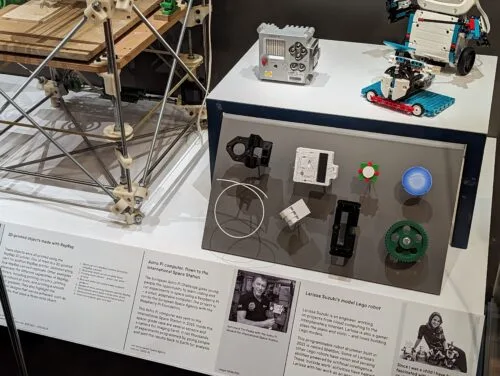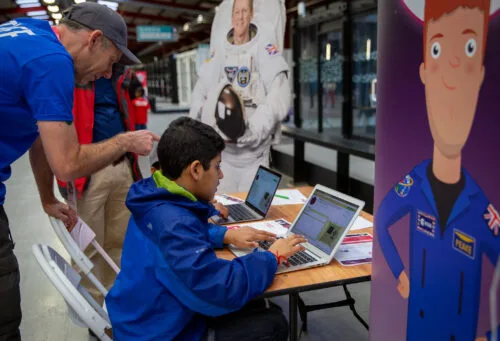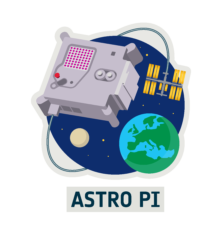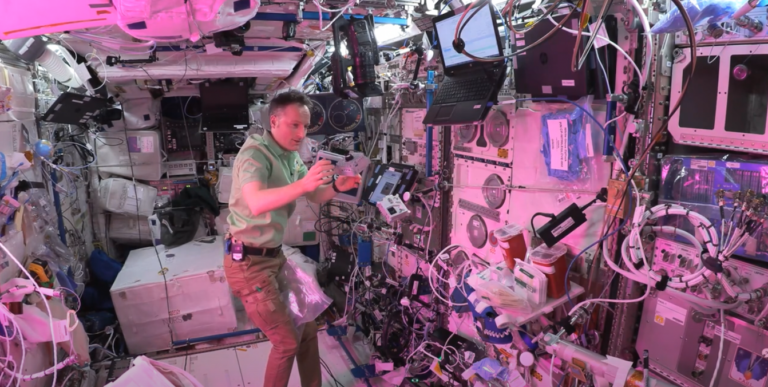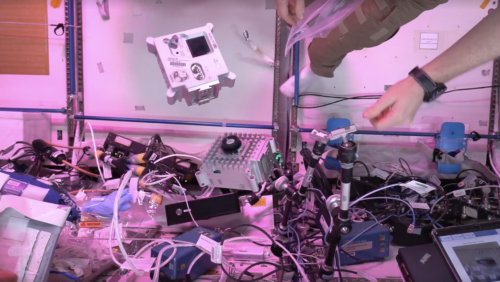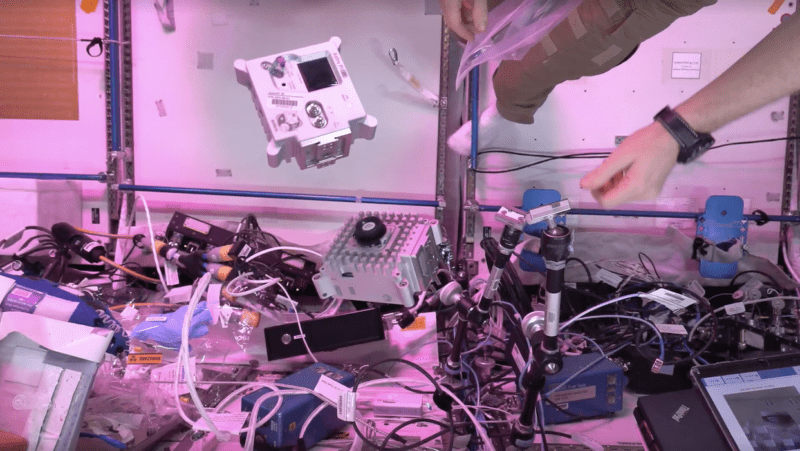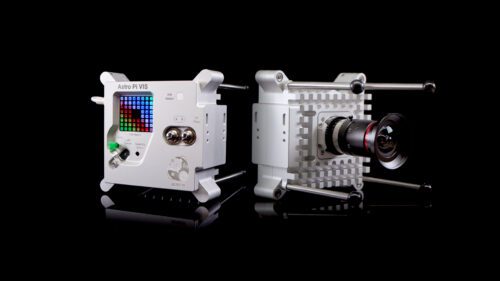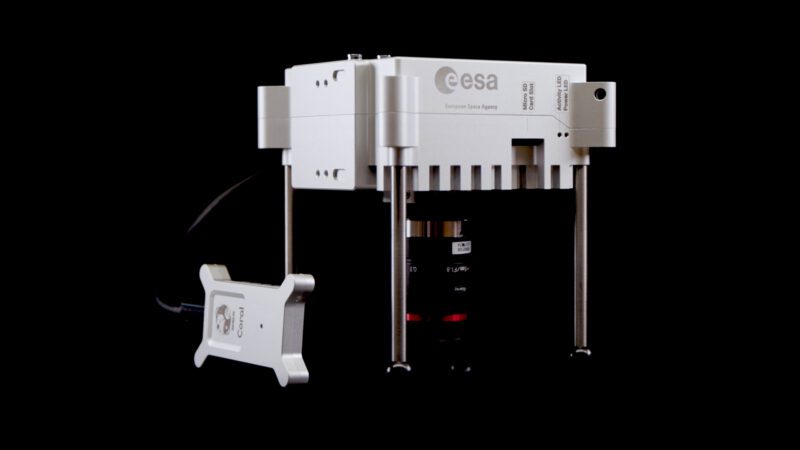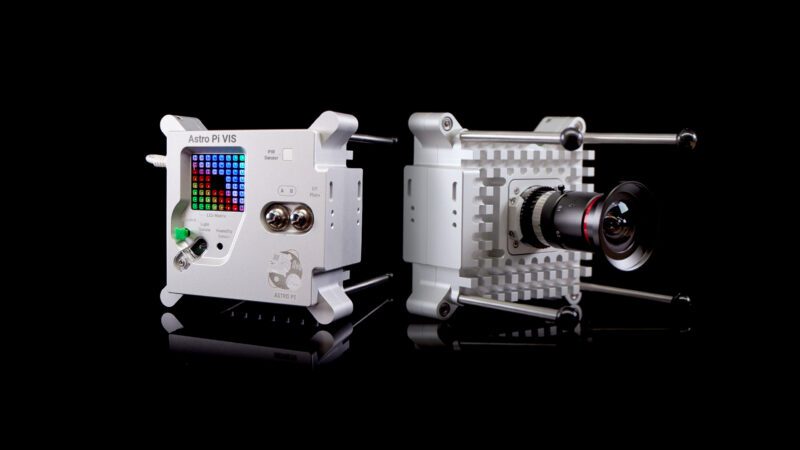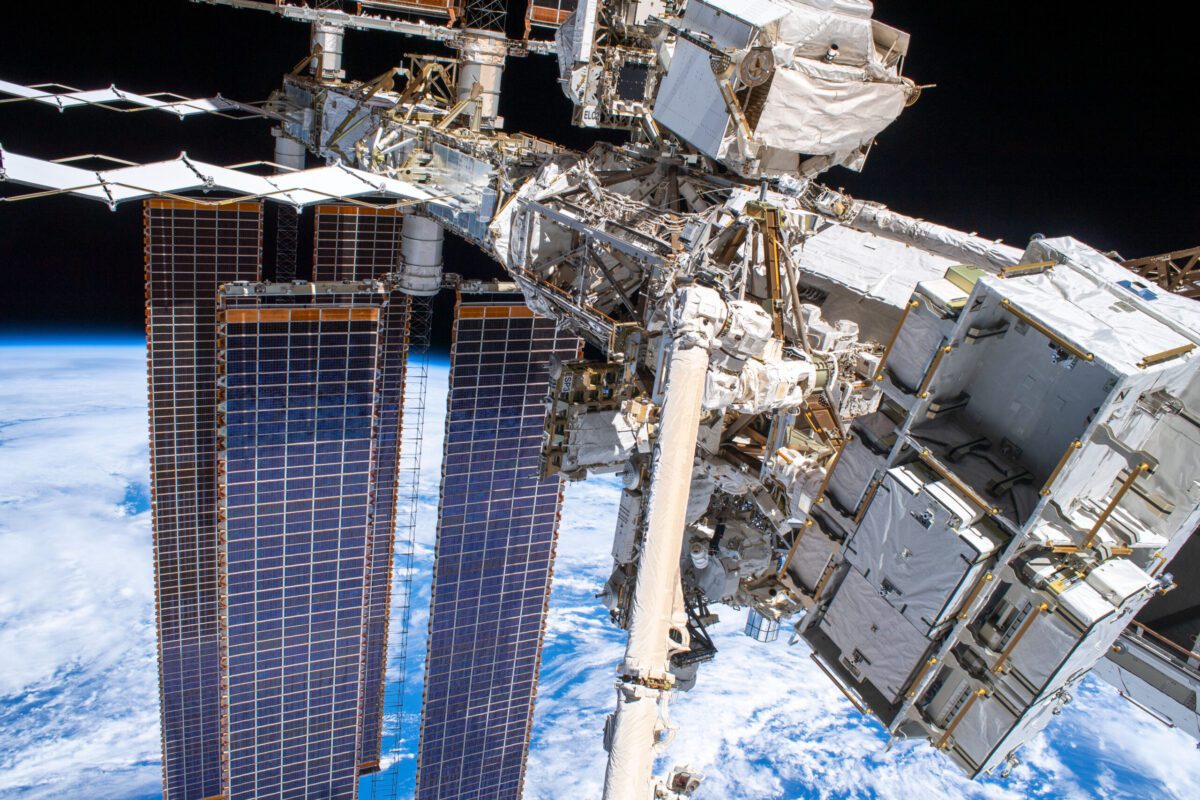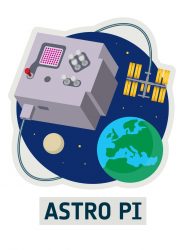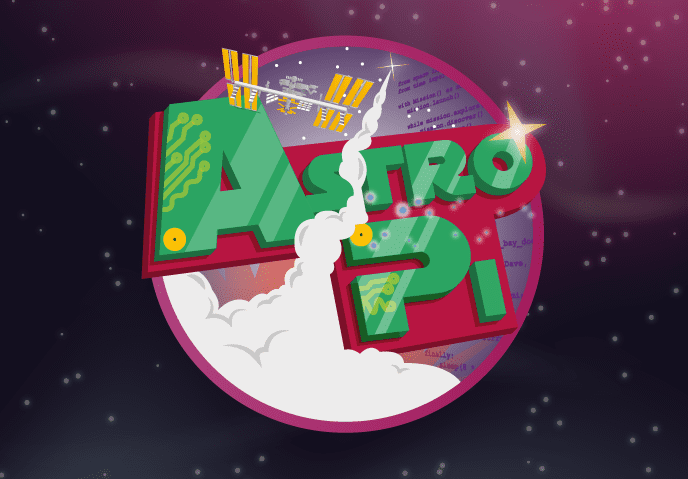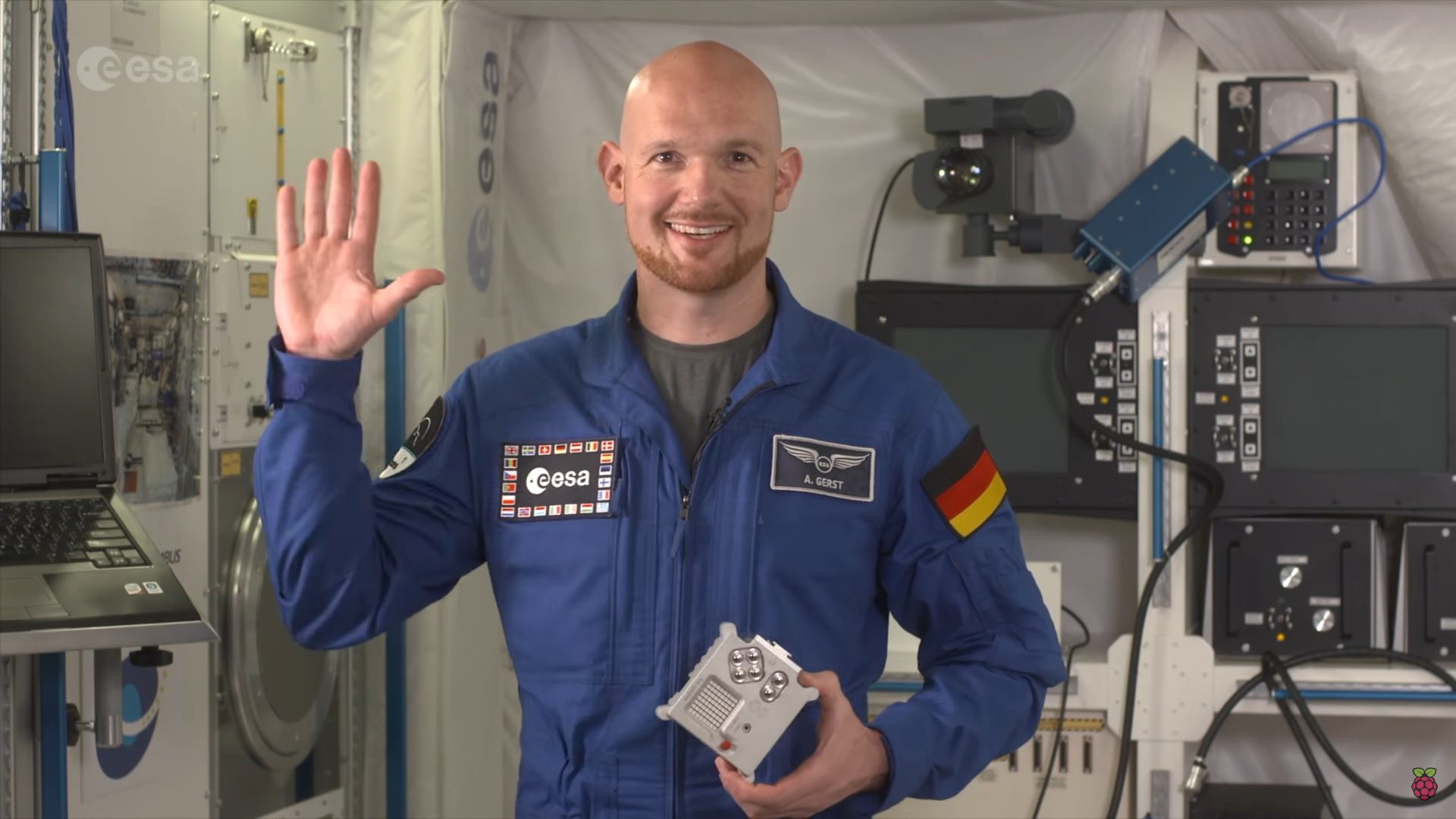Schlagwort: Mission Zero
-

Astro Pi 2024/25: Another stellar year of space education concludes
Reading Time: 4 minutesWe’re thrilled to celebrate yet another incredible year of young people reaching for the stars, as the European Astro Pi Challenge 2024/25 draws to a close. Teams from across Europe and ESA Member States are now receiving their well-deserved certificates and data from the International Space Station (ISS). It’s been a truly…
-

Five reasons to join the Astro Pi Challenge, backed by our impact report
Reading Time: 4 minutesWe are excited to share our report on the impact of the 2023/24 Astro Pi Challenge. Earlier this year we conducted surveys and focus groups with mentors who took part in the Astro Pi Challenge, to understand the value and impact the challenge offers to young people and mentors. You can read…
-

The European Astro Pi Challenge 2024/25 launches today
Reading Time: 4 minutesRegistration is now open for the European Astro Pi Challenge 2024/25! The Astro Pi Challenge, an ESA Education project run in collaboration with us here at the Raspberry Pi Foundation, offers young people the incredible opportunity to write computer programs that will run in space. Young people can take part in two…
-

Celebrating Astro Pi 2024
Reading Time: 5 minutesAbout the projects Over the past few months, young people across Europe have run their computer programs on the International Space Station (ISS) as part of Astro Pi Mission Zero and Mission Space Lab. Mission Zero code deployment | Credits: ESA/NASA Mission Zero offers young people the chance to write a simple…
-

Young people receive their data from space and Astro Pi certificates
Reading Time: 4 minutesAcross Europe and beyond, teams of young people are receiving data from the International Space Station (ISS) this week. That’s because they participated in the annual European Astro Pi Challenge, the unique programme we deliver in collaboration with ESA Education to give kids the chance to write code that runs in space.…
-

Young people’s Astro Pi code is sent to the International Space Station
Reading Time: 6 minutesYoung people taking part in the European Astro Pi Challenge are about to have their computer programs sent to the International Space Station (ISS). Astro Pi is run annually in collaboration by us and ESA Education, and offers two ways to get involved: Mission Zero and Mission Space Lab. This year, over…
-

Launch kids’ code into space with the European Astro Pi Challenge 2023/24
Reading Time: 4 minutesThroughout this year, space agencies have been embarking on new missions to explore our solar system, and young people can get involved too through the European Astro Pi Challenge 2023/24, which we’re launching today. Kids’ code in space with the Astro Pi Challenge In the past few months India’s Chandrayaan-3 mission landed…
-

Welcome home! An original Astro Pi computer back from space is now on display at the Science Museum
Reading Time: 5 minutesAfter seven successful years on the International Space Station, 250 vertical miles above our planet, the original two Astro Pi computers that we sent to the ISS to help young people run their code in space have been returned to Earth. From today, one of these Astro Pi computers will be displayed…
-

Young people designed 15,000 images for astronauts in Astro Pi Mission Zero 2022/23
Reading Time: 4 minutesIn the Columbus module of the International Space Station (ISS), there are two Astro Pi computers called Marie Curie and Nikola Tesla. These computers run the programs young people create as part of the annual European Astro Pi Challenge. For this year’s Astro Pi Mission Zero, young people sent us over 15,000…
-

24850 young people’s programs ran in space for Astro Pi 2022/23
Reading Time: 4 minutesOver 15,000 teams of young people from across Europe had their computer programs run on board the International Space Station (ISS) this month as part of this year’s European Astro Pi Challenge. Astro Pi is run in collaboration by us and ESA Education, and offers two ways to get involved: Mission Zero…
-

Inspiring young people to code with the Astro Pi Challenge and astronaut Matthias Maurer
Reading Time: 3 minutesThe European Astro Pi Challenge offers young people the opportunity to write computer programs that run on Raspberry Pi computers on board the International Space Station (ISS). There are two free, annual missions to participate in: Mission Zero and Mission Space Lab. Sending your computer program to space is amazing already, and…
-

Code along with our Astro Pi Mission Zero video
Reading Time: 2 minutesToday we’re sharing an Astro Pi Mission Zero codealong video to help even more young people send their code into space. [embedded content] In Mission Zero, young people write a simple program and display a colourful image on an Astro Pi computer on board the International Space Station (ISS). When the astronauts…
-

Astro Pi Mission Zero 2022/23 is open for young people
Reading Time: 4 minutesInspire young people about coding and space science with Astro Pi Mission Zero. Mission Zero offers young people the chance to write code that will run in space! It opens for participants today. What is Mission Zero? In Mission Zero, young people write a simple computer program to run on an Astro…
-

The names of the new Astro Pi computers get revealed
Reading Time: 4 minutesWe and our collaborators at ESA Education are excited to announce that 17,168 programs written by young people from 26 countries have been successfully deployed on board the International Space Station (ISS) for the European Astro Pi Challenge 2021/22. And we can finally reveal the names of the two new and upgraded…
-

3D print you own replica Astro Pi flight case
Reading Time: 5 minutesWe’ve put together a new how-to guide for 3D printing and assembling your own Astro Pi unit replica, based on the upgraded units we sent to the International Space Station in December. The new, upgraded Astro Pi units. The Astro Pi case connects young people to the Astro Pi Challenge It wasn’t…
-

How did we build the new Astro Pi computers for the International Space Station?
Reading Time: 3 minutesWe are really excited that our two upgraded Astro Pi units have arrived on the International Space Station. Each unit contains the latest model of the Raspberry Pi computer, plus a Raspberry Pi High Quality Camera and a host of sensors on a custom Sense HAT, all housed inside a special flight…
-

Raspberry Pi computers are speeding to the International Space Station
Reading Time: 6 minutesThis morning, our two new Astro Pi units launched into space. Actual, real-life space. The new Astro Pi units each consist of a Raspberry Pi computer with a Raspberry Pi High Quality Camera and a host of sensors, all housed inside a special space-ready case that makes the hardware suitable for the…
-

Young people can name a piece of space history with Astro Pi Mission Zero
Reading Time: 5 minutesYour young people don’t need to wait to become astronauts to be part of a space mission! In Mission Zero, the free beginners’ coding activity of the European Astro Pi Challenge, young people can create a simple computer program to send to the International Space Station (ISS) today. The International Space Station,…
-

Nearly 15,000 young people ran their code on the ISS for Astro Pi 2020/21!
Reading Time: 4 minutesOur team here at the Raspberry Pi Foundation, in collaboration with ESA Education, is excited to announce the successful deployment of young people’s programs aboard the International Space Station (ISS) for the European Astro Pi Challenge 2020/21! Across both Astro Pi missions — Mission Zero and Mission Space Lab — 14,993 participants…
-

How young people can run their computer programs in space with Astro Pi
Reading Time: 4 minutesDo you know young people who dream of sending something to space? You can help them make that dream a reality! We’re calling on educators, club leaders, and parents to inspire young people to develop their digital skills by participating in this year’s European Astro Pi Challenge. [youtube https://www.youtube.com/watch?v=OYGgcevyqWg?feature=oembed&w=500&h=281] The European Astro…
-

6558 programs from young people have run on the ISS for Astro Pi 2019/20!
Reading Time: 4 minutesThe team at the Raspberry Pi Foundation, in collaboration with ESA Education, is excited to announce that all of this year’s successful Astro Pi programs have now run aboard the International Space Station (ISS)! Record numbers of young people took part in Astro Pi Mission Zero This year, a record 6350 teams…
-

Astro Pi Mission Zero: guarantee your code’s place in space
Reading Time: 3 minutesToday is the official launch day of Astro Pi Mission Zero, part of the 2018–2019 European Astro Pi Challenge, an ESA Education programme run in collaboration with us at Raspberry Pi. In this challenge, students and young people get the chance to have their computer programs run in space on the International…
